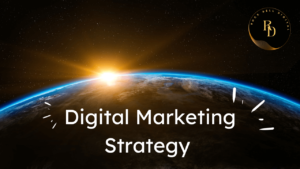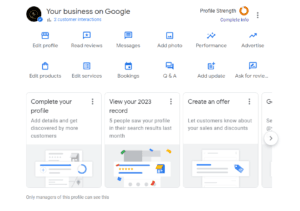One of the cornerstones of a successful lead generation campaign on Facebook Ads is precision targeting. The ability to reach the right audience at the right time significantly impacts the quality of leads you capture. In this section, we’ll explore the strategies and tools for defining your ideal audience and maximizing the effectiveness of your lead generation efforts.
The Significance of Audience Targeting
Why Audience Targeting Matters:
- Relevance: Targeting the right audience ensures your message reaches those most likely interested in your offer.
- Cost-Efficiency: Efficient targeting minimizes wasted ad spend on uninterested or irrelevant users.
- Higher Conversion Rates: Relevant ads resonate better with the audience, leading to higher conversion rates and better-quality leads.
- Personalization: Precise targeting allows you to tailor your ad content to specific demographics, interests, and behaviors.
Strategies for Audience Targeting
Custom Audiences
Definition: Custom audiences are groups of users created based on data you provide or interactions with your business.
Application:
- Website Visitors: Create a custom audience of users who have visited your website.
- Email Subscribers: Import your email list to target existing subscribers on Facebook.
- Engaged with Facebook Page: Reach users who have engaged with your Facebook Page.
Lookalike Audiences
Definition: Lookalike audiences are new groups of users who share similarities with your existing customers.
Application:
- Customer Lookalike: Create a lookalike audience based on your existing customer list.
- Website Visitors Lookalike: Find users similar to those who have visited your website.
- Engagement Lookalike: Target users similar to those who have engaged with your Facebook Page.
Demographic and Geographic Targeting
Definition: Narrow down your audience based on demographics such as age, gender, education, job titles, and location.
Application:
- Local Businesses: Target users within a specific radius of your physical location.
- Product Relevance: Adjust targeting based on the age, gender, and interests of users most likely to need your product or service.
Interest and Behavior Targeting
Definition: Reach users based on their interests, hobbies, behaviors, and online activities.
Application:
- Niche Products: Target users interested in specific niches relevant to your offer.
- Behavioral Segmentation: Reach users based on their online shopping behavior, device usage, or travel habits.
Retargeting
Definition: Retargeting involves showing ads to users who have previously interacted with your brand or visited your website.
Application:
- Abandoned Carts: Target users who added items to their shopping cart but didn’t complete the purchase.
- Post-Engagement: Retarget users who engaged with your previous ads or content.
Combining Targeting Strategies
The most effective targeting often involves a combination of these strategies. For example, you can create a lookalike audience based on your existing customers and then narrow it down further by demographics, interests, or behaviors. This layered approach maximizes the precision of your targeting.
The Role of Facebook Pixel
The Facebook Pixel is a crucial tool for audience targeting. It tracks user interactions on your website, allowing you to create custom audiences based on specific behaviors. Installing the pixel and defining conversion events, such as lead form submissions, enables you to track and optimize your campaigns effectively.
Regularly Review and Update Your Audience
Audience preferences and behaviors change over time. It’s essential to regularly review and update your audience targeting parameters to ensure your campaigns remain relevant and effective.
Conclusion
Audience targeting lies at the core of successful lead generation on Facebook Ads. Precise targeting ensures that your message reaches the individuals most likely to convert into leads and, eventually, customers. You can optimize your lead generation campaigns and drive higher-quality leads by utilizing custom audiences, lookalike audiences, demographics, interests, behaviors, and retargeting strategies. In the upcoming sections, we will explore the creative aspects of your lead generation campaign, including ad design and copywriting techniques to engage and convert your audience effectively.












